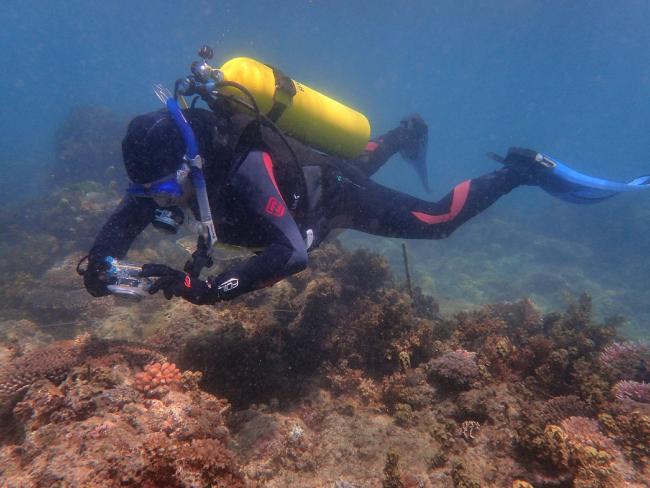One thing we know, the way corals reproduce are pretty inefficient as the broadcast spawning only results in a small portion of viable larvae actually surviving and growing into a mature coral. But a scientist from Australia has developed a way to plant a coral reef more efficiently at scale — something akin to what IVF did for human reproduction.
Professor Peter Harrison of Southern Cross University in Lismore, New South Wales, had a breakthrough that has the potential to be a game changer. Harrison and team have not only been able to grow millions of coral larvae in tanks, but they have delivered them to a blast-damaged reef in the Philippines to quickly create a new coral population.
“This is the first study anywhere in the world that has successfully re-established a breeding coral population from coral larvae settling directly on the reef,” he said in an article on the Australian website SBS. “And the really exciting outcome is that surviving corals grew fast enough to get to a big enough size to start sexually reproducing themselves after three years.”
What about frag farms? Where coral frags are farmed in the ocean and later transplanted. It seemed like that technique worked pretty well, right?
“That’s the most widely used technique at the moment but we know it doesn’t work very well and sometimes it fails completely,” he adds.
However, the early results from his efforts are promising and with more research and development , we can hopefully see it make a difference to reef health on a large scale.



